Table of Contents
“Thermopile is used to measure temperature difference. it convert thermal energy into electrical energy. it uses several thermocouples connected in series or parallel. Thermopiles are used for contact-less temperature sensing. The function of a thermopile is to transfer the heat radiation emitted from the object to a electrical voltage output. The output is in the range of tens or hundreds of milli-volts.”
Thermopile principle
Thermopile sensor is designed to measure temperature from a distance by detecting infrared (IR) energy of a hot object. The higher temperature of hot object emits the more IR energy. A diagram showing non-contact temperature measurement is shown as follows-

Here as a sensor to detect the temperature, Thermocouple is used in non-contact pyrometers and thermocouple generates thermo-emf (in mV) based on principle of seebeck effect. When the sensor is placed at distance not nearly hot object, the output of a single thermocouple will be quite small to detect. For this reason, instrument manufacturers offer a series-connected array of thermocouples called a thermopile to generate a stronger electrical signal (in range of 10 to 100mV). A conceptual diagram of sensor using thermocouples is given as follows-
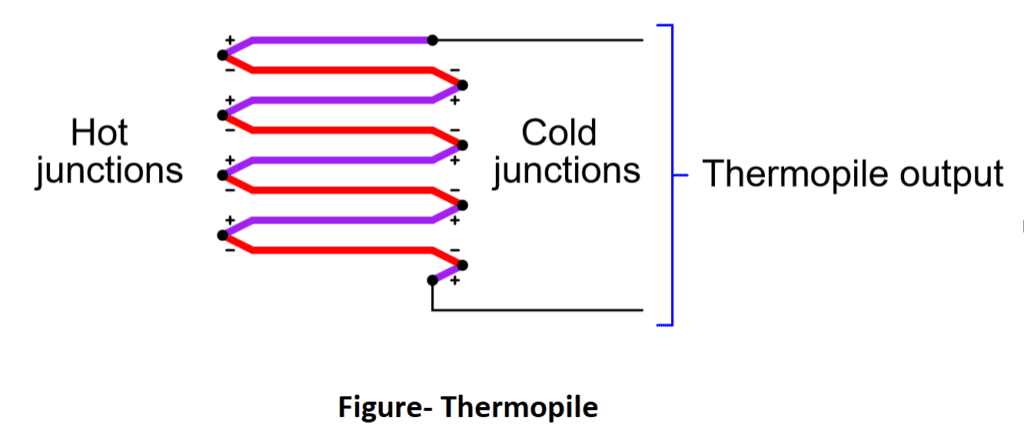




Thermopile working principle
To understand thermopile, four E-type thermocouples (chromel and constantan) are used in this example and connected in series as such manner that all the ‘hot junctions’ voltages aid each other, as well as ‘cold junctions’ voltages. Like all thermocouple circuits, though, the each cold junction voltage opposes each the hot junction voltage. When hot junction of all thermocouples are towards hot object, sensing the same heat and cold junction of thermocouples are kept at same cold junction temperature, the final output will generate four times the potential difference than a single type E thermocouple. Thus, it act like multiplied thermocouple, generating more voltage than a single thermocouple junction could under the same temperature conditions.
Construction of a thermopile
Construction of a thermopile is showing in figure as follows-
The sensing element is composed of small thermocouples on a silicon chip which absorb the energy and produce an output signal. Here a reference sensor is designed into the package for compensation. Thermopile infrared (IR) temperature sensors measure non-contact temperature and are available with various lens, and filters allowing use in multiple applications, from industrial pyrometers, to climate controls and medical devices. There are two distinct types of thermopile detectors-
- Thin Film Based Thermopile
- Silicon Based Thermopile.
For Thin Film based thermopiles, the arm materials are antimony (Sb) and bismuth (Bi). In a Silicon based thermopile, the arm materials can be alternating n-type and p-type Poly-Silicon or n-type with gold (Au) or aluminum (Al). Thin Film based have lower resistance and lower noise voltage than a Silicon based; therefore Thin Film detectors provide a higher Signal-to-Noise ratio. A Thin Film type with equal output to that of a Silicon based will have a slower time constant. In general, Thin Film based are available with larger active areas.
Honeywell thermopile
Honeywell Thermopiles were older non-contact pyrometer manufacture and poplar design was radiamatic, using ten thermocouple junction pairs arrayed in a circle. In this all hot junctions of thermocouples (of thermopile) were placed at the center of this circle where the focal point of the concentrated light fell, while all the cold junctions were situated around the circumference of the circle away from the heat of the focal point.
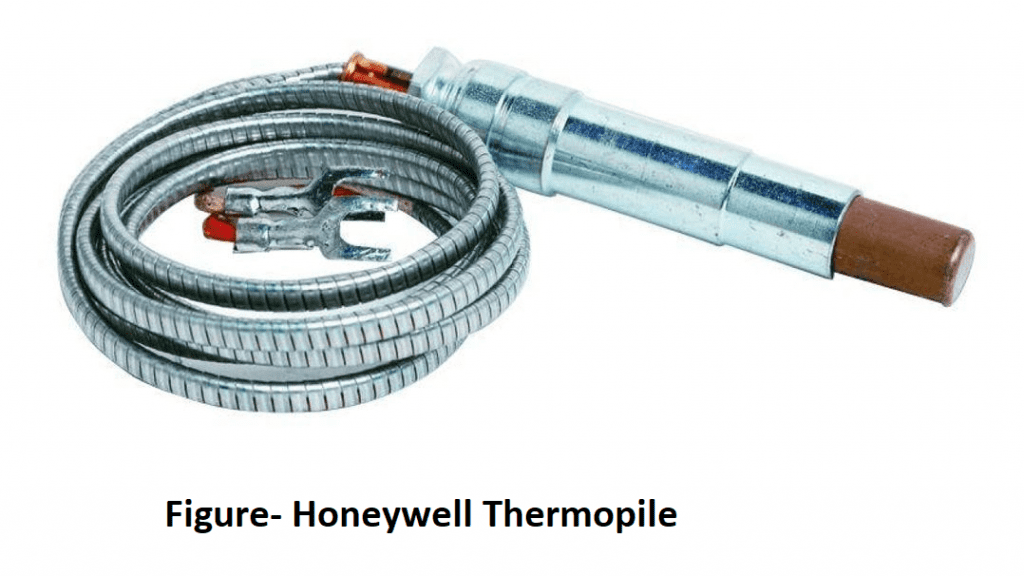




Thermopile Application-
- Hand-Held Non-Contact Temperature Measurements
- Non-Contact Temperature Measurements in industrial applications and process control
- Tympanic Thermometers
- Infrared Radiometry
- Refrigerant Leak Detection
- Automotive Exhaust Gas Analysis of CO, CO2, & HC
- Medical Gas Analysis including Anesthetic, incubator CO and CO2, Blood Alcohol Breathalyzers
- Horizon sensors for aircraft, satellites, and hobbyist applications
- Commercial building HVAC & lighting control
- Thermal line scanners
- Automotive HVAC control
- Automotive Occupancy Sensing
- Household appliance temperature measurement
- Hazard detection including flame and explosion
- Fire detection in transportation tunnels
- Aircraft Flame and Fire Detection
- Blood Glucose monitoring
- Black ice detection and early warning
- Security Human Presence and Detection
Read Also:-
Related Search:-
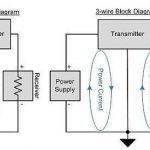




4-20 mA Transmitter Wiring Types: 2-Wire, 3-Wire, 4-Wire
4-20 mA Transmitter Wiring Types: 2-Wire, 3-Wire, 4-Wire
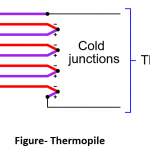




Thermopile
Thermopile
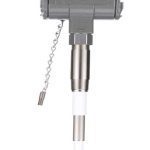




Capacitive level switch
Capacitive level switch
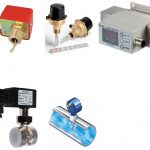




Flow switches
Flow switches





What is pressure switch?
What is pressure switch?





